2011.01.31 11:36
READING LIST
[Read 2226 last Autumn. The most satisfying novel I've read in quite some time. The experience somewhat reminded me of reading Joseph and His Brothers in 1982. Bolano's rendition (in part four) of the disintegration of the eastern front at the end of WWII was uncannily similar to how my father described that situation to me as we were driving through (what is now part of) Poland, in May 1990, back to his family farm which was confiscated by Russians sometime early Spring 1945.]
Since last Thursday, I'm reading Pier Vittorio Aureli's forthcoming (probably March 2011) The Possibility of an Absolute Architecture. Quite by chance, if not indeed by accident, I'm in possession of a proof copy released for review December 2010. So far I've read the chapter on Piranesi, "Instauratio Urbis: Piranesi's Campo Marzio versus Nolli's Pianta di Roma" (twice), and the chapter on Boullée, "Architecture as a State of Exception: Étienne-Louis Boullée's Project for a Metropolis". When I first found the book available, I had no idea as to its contents. Needless to say, however, I was more than pleasantly surprised to find a whole chapter devoted (at least in name) to Piranesi's Ichnographia Campus Martius. Alas, Aureli doesn't really say much about the Ichnographia itself, at least nothing that Peter Eisenman hasn't already said. In fact, Aureli has written what amounts to something like an apologia for Eisenman's notion that the Ichnographia must be viewed in opposition to Nolli's plan of Rome and thus represents architecture as autonomous. Strange though, however, that while Eisenman is [re]cited virtually verbatim, there is no direct reference to Eisenman within the text or the notes--although, The Possibility of an Absolute Architecture is part of the Writing Architecture series which is a project of the Anyone Corporation.
[Here's where I will relate pages 54-62 of Eco's The Limits of Interpretation.]
[The Scenograpia shows all that's left of ancient Rome within the Campo Marzio, and the Ichnographia shows us 1000 years of ancient Rome's Campus Martius all at the same time.]
After finishing Instrauratio Urbis a second time this morning, I then got out Bufalini'a map again, and made another discovery--the 'O' of ROMA along the top of Bufalini's map corresponds with Piranesi's placement of the spiraling oval of the Naumachia Domitiani. Piranesi is probably laughing right now.
Regarding Boullée, it is unfortunate that Aureli does not relate Boullée's architecture back to Piranesi's architecture of the Campo Marzio, especially in terms of planning and gigantism.
2011.01.28 10:26
7 Wonders (and a half) of POSTMODERN architecture?
Vanna Venturi House, 1959-64.
Piazza d'Italia, 1975-80.
Public Services Building (Portland), 1980-82.
AT+T Building, 1978-84.
seminal : highly original and influencing the development of future events
The Vanna Venturi House is the only seminal work within the above list. The rest are, at best, the apotheosis of Post-Modern architecture.
apotheosis : the ideal example; epitome; quintessence
Note the AT+T Building was complete a full 20 years after the Vanna Venturi House was complete. That's like relating a building completed today to a building completed in 1991!
2011.01.25 16:19
what is our current architectural style called
The groupings simply came about by sorting the digital images I've accumulated over the years into a strict chronological order. More often than not I was surprised by what buildings are closely coeval. Certainly not the way I was used to seeing 'history'.
Is the result of Zeitgeist indeed now best described as collage?
2011.01.25 12:25
what is our current architectural style called
The more true question is: What are our current architectural styles called?
There has never been just one style globally active at any given time. There are many diverse styles of architecture active today. Even within just a single year there are diverse styles active. For example,
1927
1930
1942
1956
1959
1964
1972
1983
1993
1996
2001
and that's just a very thin slice of any yearly cross-section.
I wonder if a worthwhile studio project might be to design a hypothetical '1963' building, for example, which would be a hybrid of a half dozen or so buildings that were actually dsigned or built in 1963.
Perhaps if there is a current Zeitgeist, it's one of individual (consumer) choice.
| |
2011.01.24 21:18
what is our current architectural style called
Architecture style is no longer defined by space, rather by time.
"Their house is the epitome of 2002 style."
"Design me something early 1840s. I'm feeling immediate-post-Schinkel lately."
"In the year 2525, when architecture is finally alive..."
2011.01.14 12:02
7 Wonders (and a half) of POSTMODERN architecture?
Charles Holland at Fantastic Journal:
b-sides
I'm currently involved in writing a book re-appraising architectural Post Modernism. It's top secret, hush-hush. Part of it contains a top ten of Po-Mo moments, which I realise makes it sound like a rather ugly box of chocolates. Anyway, now that the final mix has been agreed I thought I'd share a few of the ones that didn't make the final cut.
Anyway, here's a selection of 'id' moments:
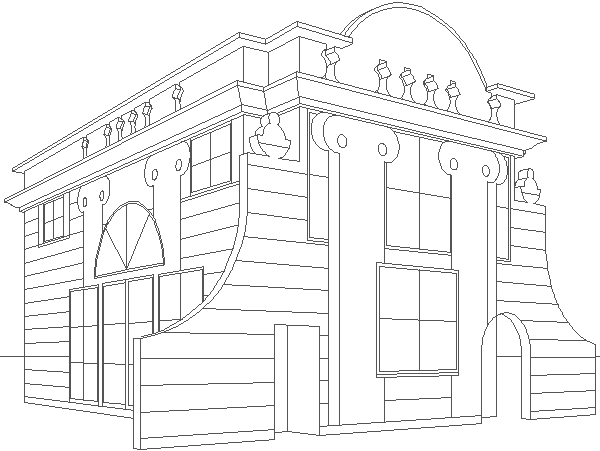
Gooding House aka Weight-Watchers House

Ur-Ottopia House
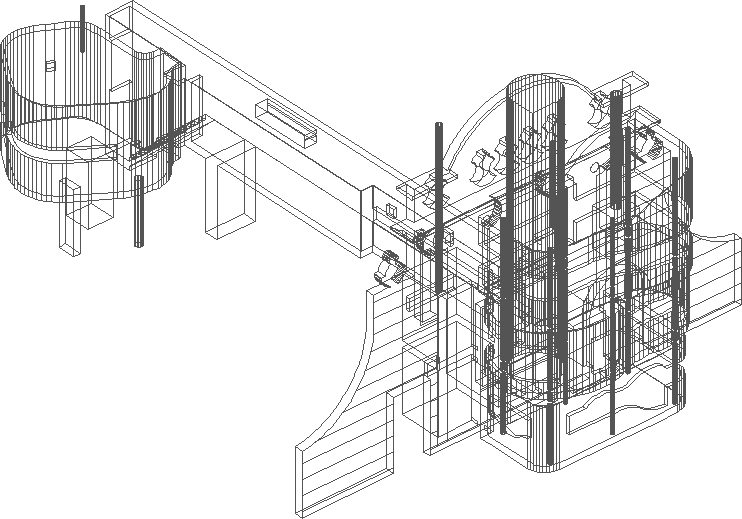
Good-bye House
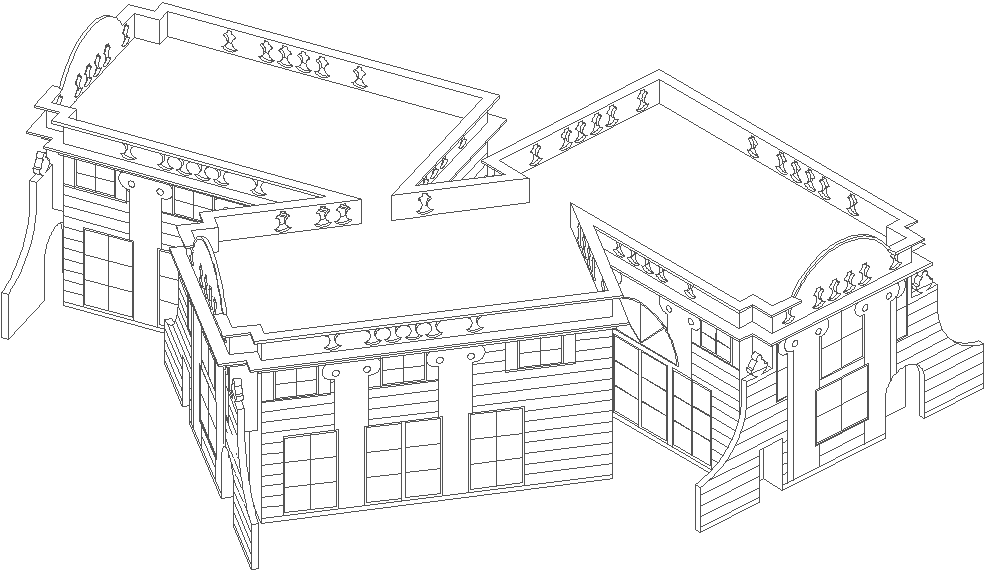
Gooding Trice House
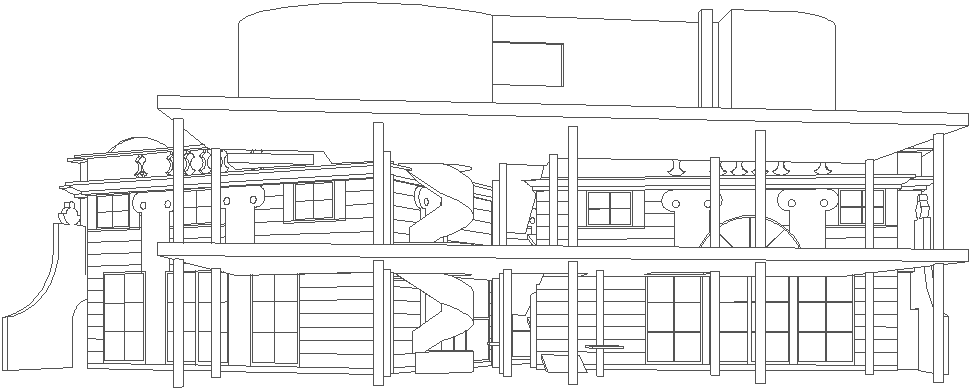
Gooding Trice Villa
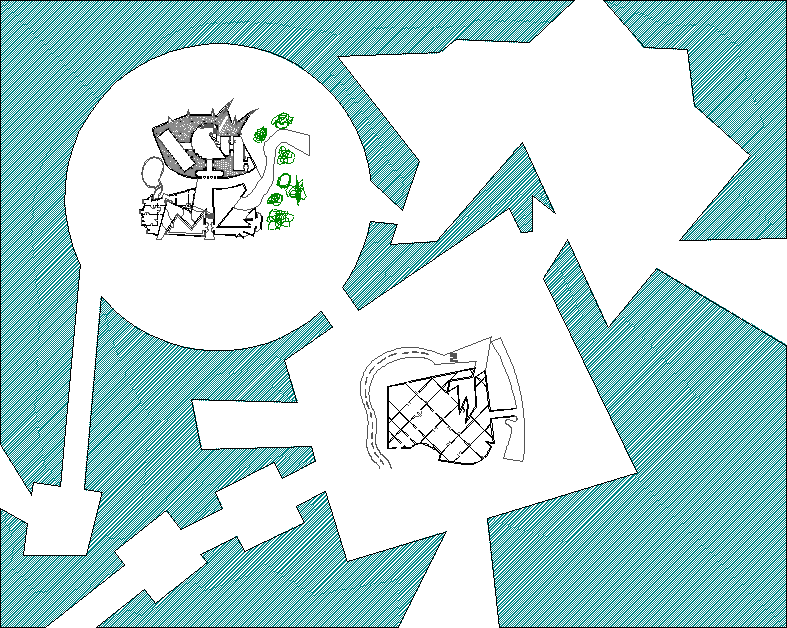
Psycho-Suburban Poché
Alas, travels in Hyper Reality
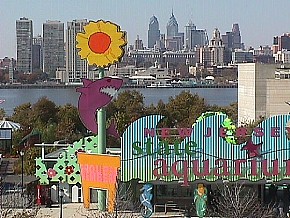
the proverbial "are we there yet?"
|